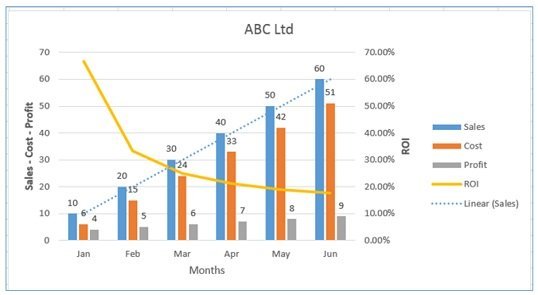

A soft drink company might test the efficacy of its ad campaign, for example, and through a statistical analysis, determine that the new ads could boost sales by 10 percent. Simplified SolutionsĪ final problem with statistical analysis is its tendency to produce excessively simple answers to complex questions. The construct validity of "purchase intention" may be questionable, because purchase intention doesn't always lead to actual purchases. The problem, however, is that while study participants might say an ad made them want to buy the product, their actual behaviors might not reflect that attitude. They estimate the persuasive effect through surveys that try to gauge consumers' "purchase intention" toward the product. For example, advertising researchers usually want to study how effectively an ad persuades people to buy a product. Construct validity is the degree to which researchers' measurements actually reflect what they're trying to measure. Statistical analysis is a means of using aggregated measurements to draw conclusions, but if researchers aren't measuring the right thing, the analysis will fail. Statistical analysis alone is not capable of proving causal relationships between two variables. It's tempting to conclude that to allow more guns into a city caused the murder rate to rise, but it's equally possible that people purchased guns because they felt threatened by already elevated violent crime rates. For example, researchers at the New York Times found cities with higher gun ownership rates also had higher murder rates. Researchers often find evidence that two variables are highly correlated, but that doesn't prove that one variable causes another.

Another problem with statistical analysis is the tendency to jump to unjustified conclusions about causal relationships.


 0 kommentar(er)
0 kommentar(er)
